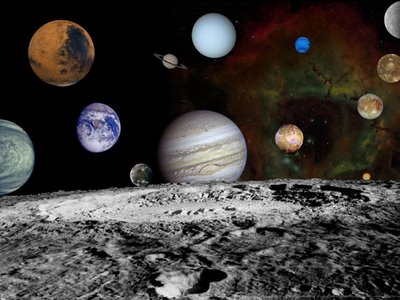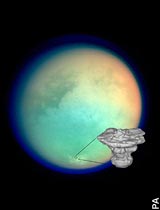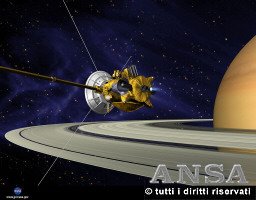
The NASA/ESA Hubble Space Telescope and NASA's Spitzer Space Telescope discovered nine of the smallest, faintest, most compact galaxies ever sighted in the distant Universe. Each of these Galaxies hosts millions of stars and is a hundred to a thousand times smaller than the Milky Way.
One of the conventional models for galaxy evolution predicts that small galaxies in the early Universe evolved into the massive galaxies of today by coalescing. Nine Lego-like 'building block' galaxies initially detected by Hubble likely contributed to the construction of the Universe as we know it. “These are among the lowest mass galaxies ever directly observed in the early Universe” says Nor Pirzkal at STScI.
Hubble detected sapphire-blue stars residing within the galaxies. The youthful stars are just a few million years old and are in the process of turning light elements created shortly after the Big Bang (hydrogen and helium) into heavier elements. The stars have probably not yet begun to pollute the surrounding space with elemental products forged within their cores.The galaxies were first identified by James Rhoads of Arizona State University, USA, and Chun Xu of the Shanghai Institute of Technical Physics, China. Three of the galaxies appear to be slightly disrupted – rather than being round they appear stretched. This is a sign that they may be interacting and merging with neighbouring galaxies to form larger, cohesive structures.






